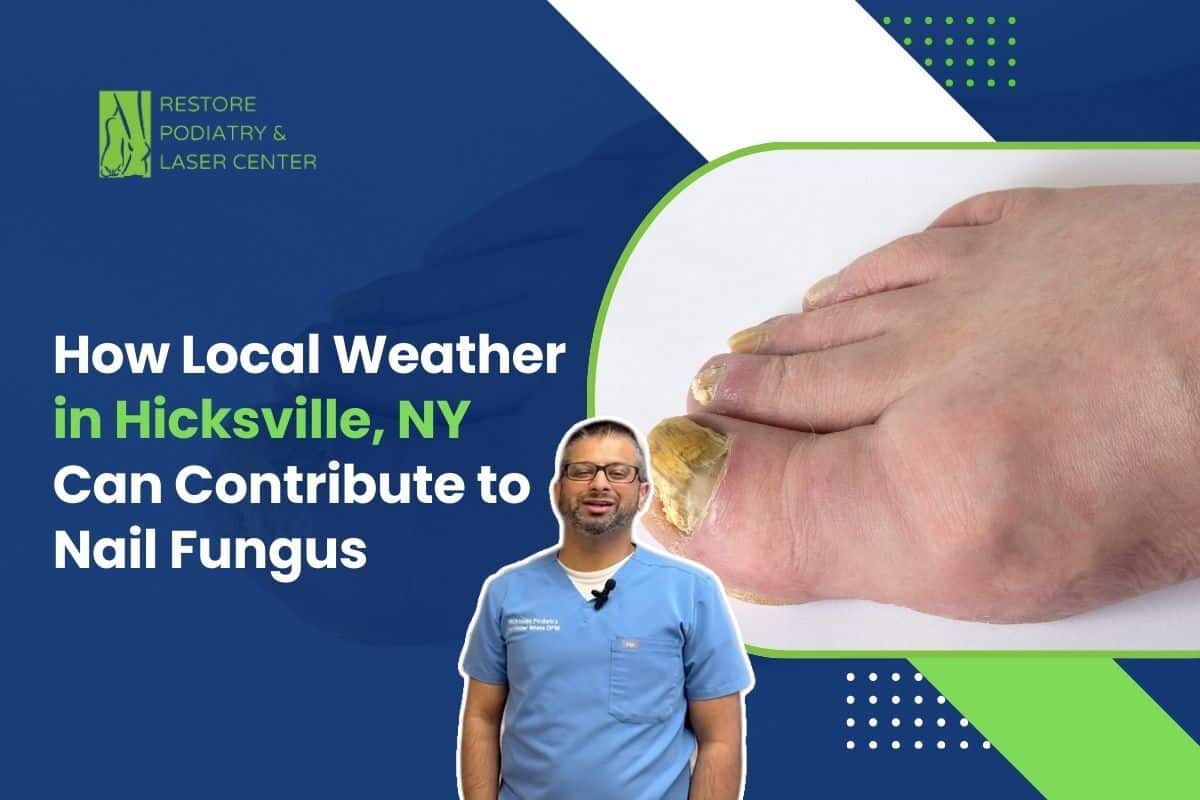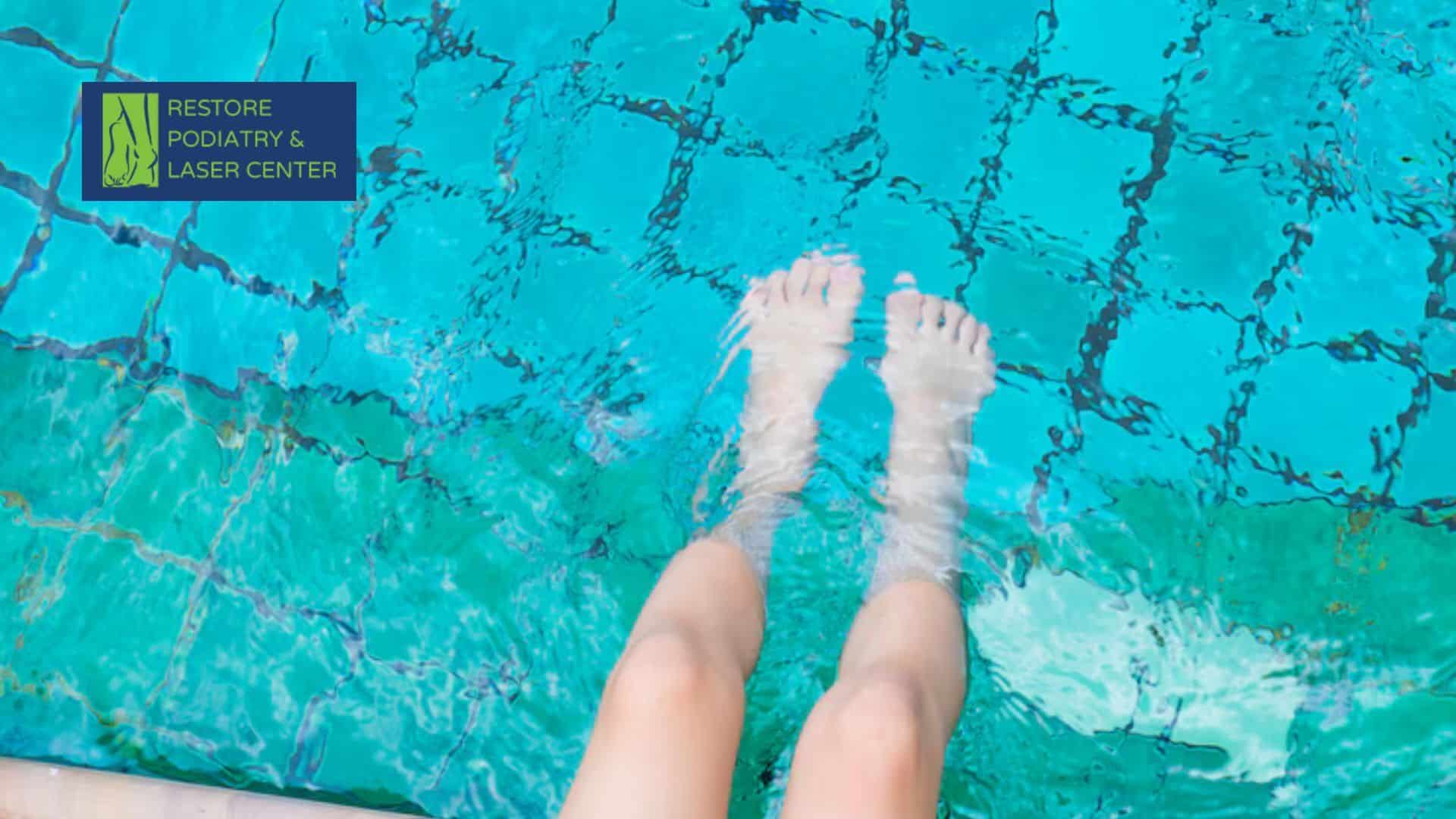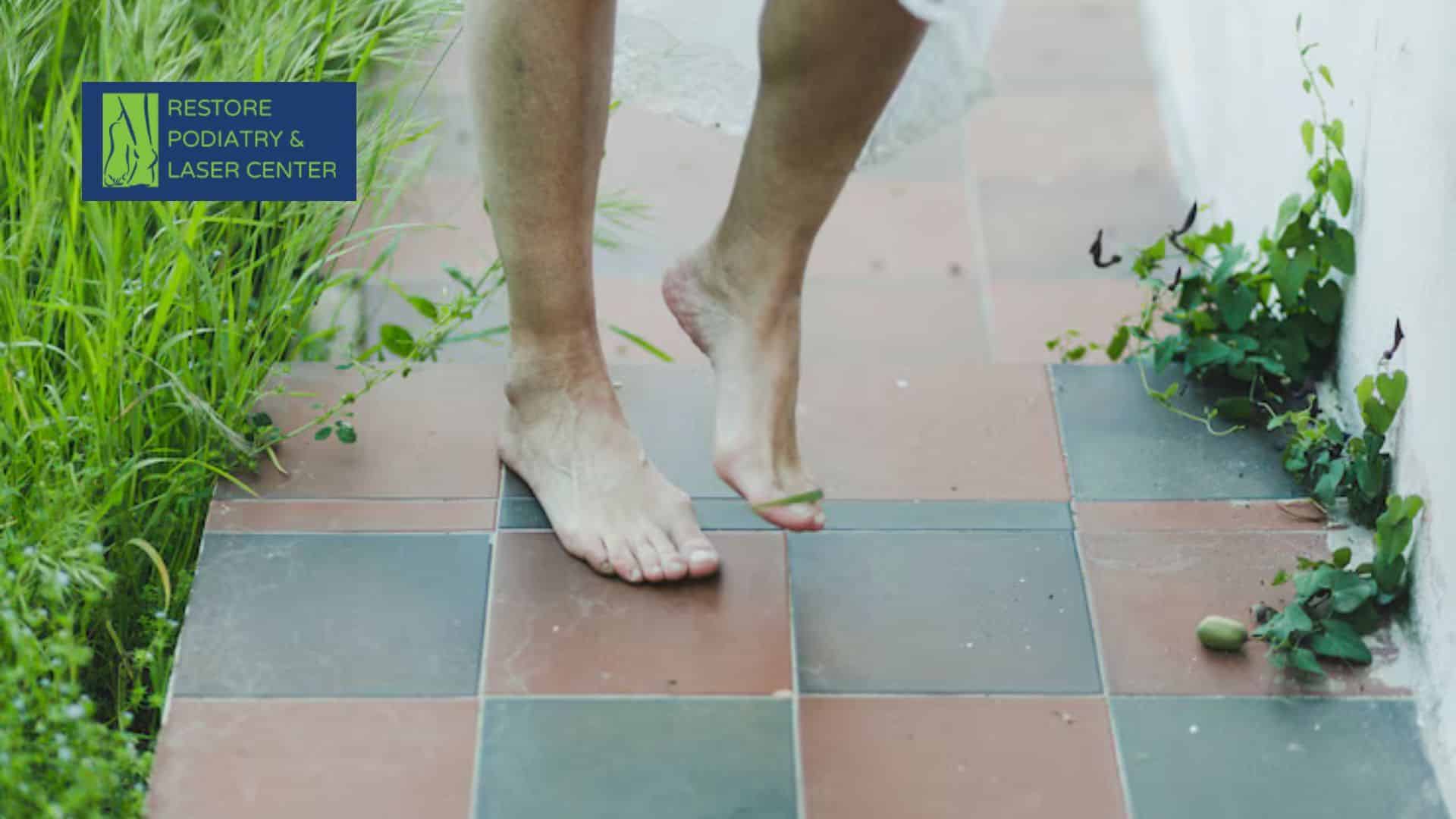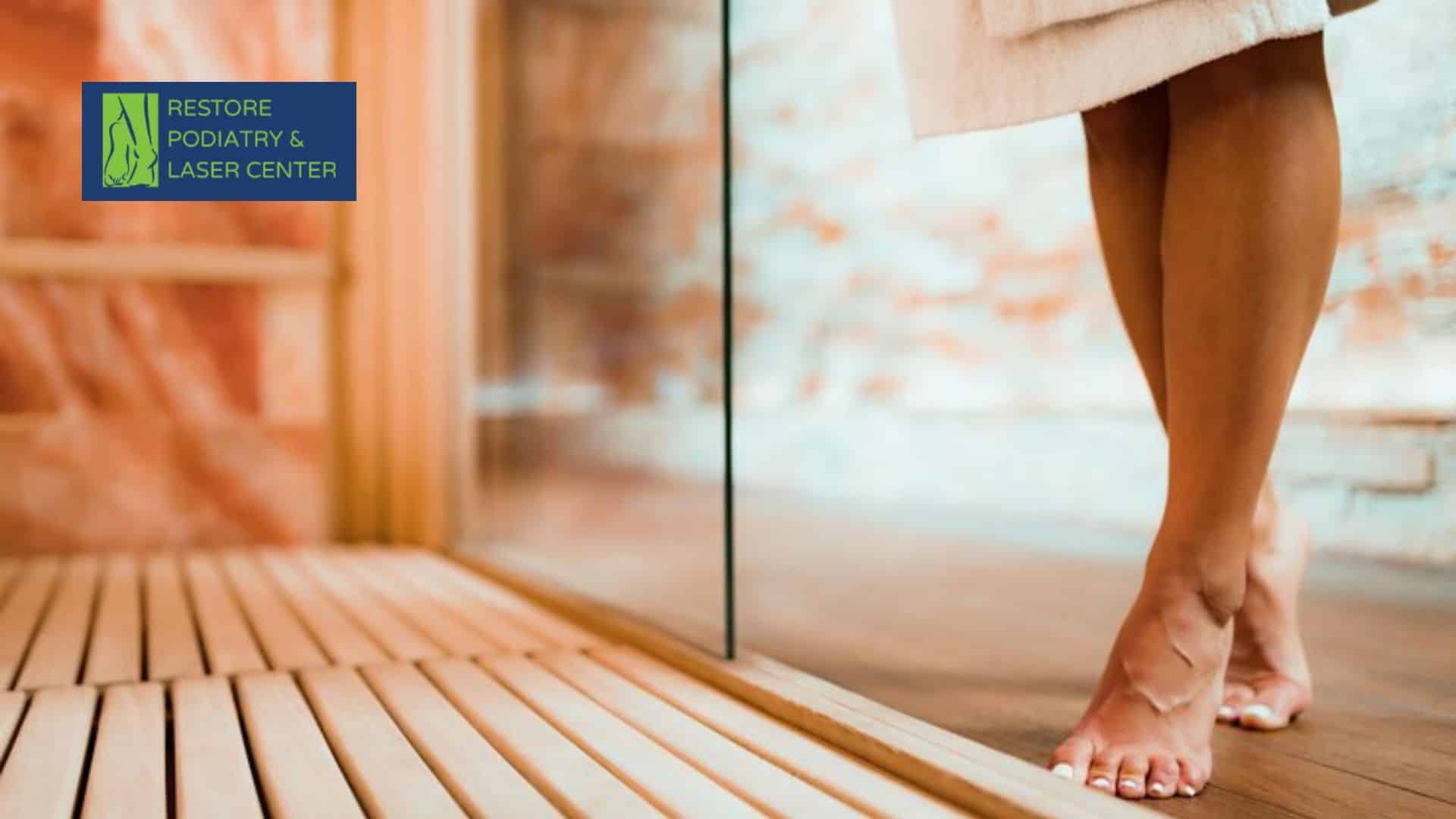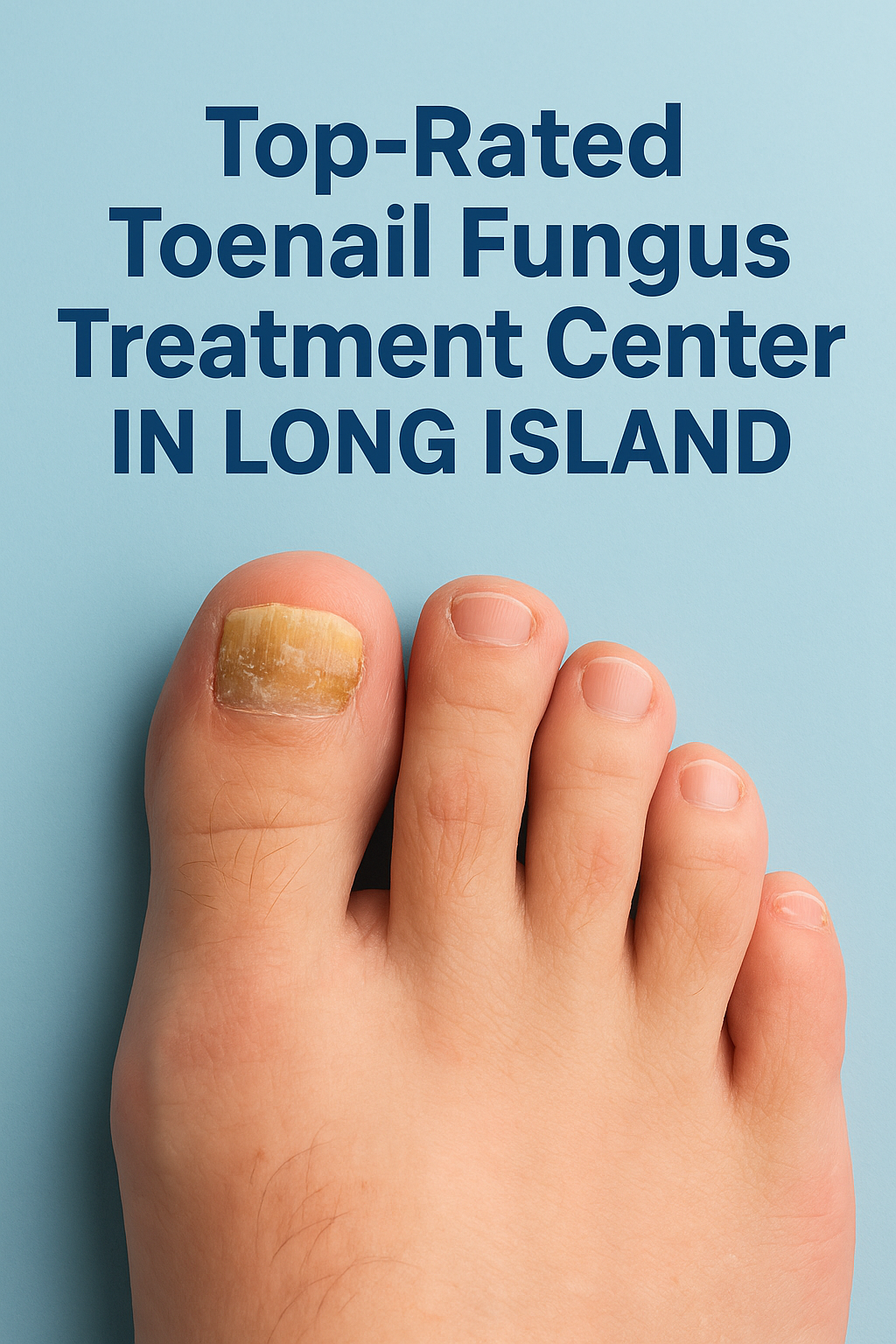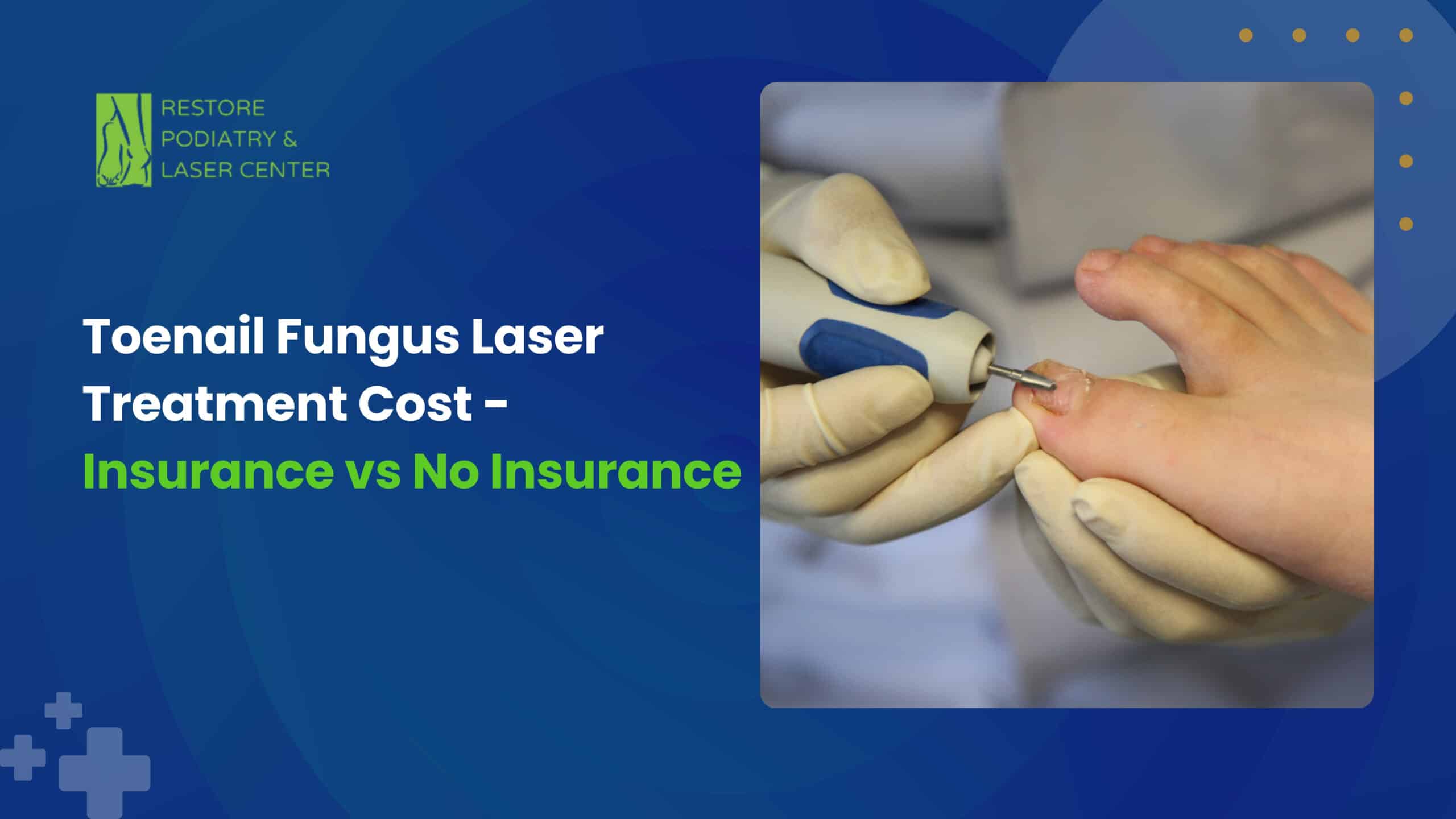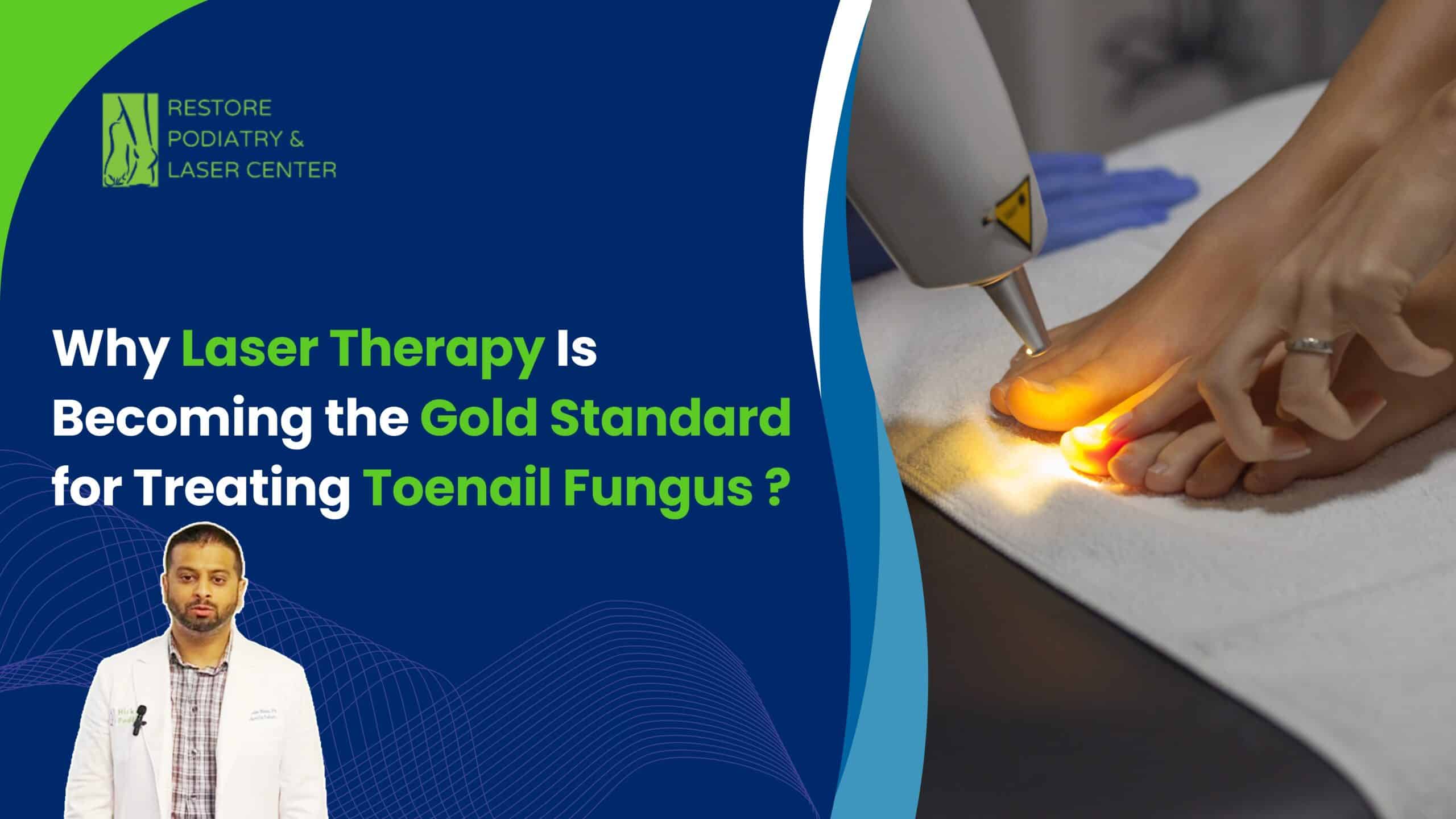The elevated summer humidity rates in Hicksville produce environments suitable for toenail fungus development. Sweat from feet produces a warm, moist environment inside shoes.
Fungus thrives in moist environments, including gym locker rooms and nail salons, along with public swimming facilities. The weak immune system and aged population face elevated nail infection risks because of their poor nail condition.

